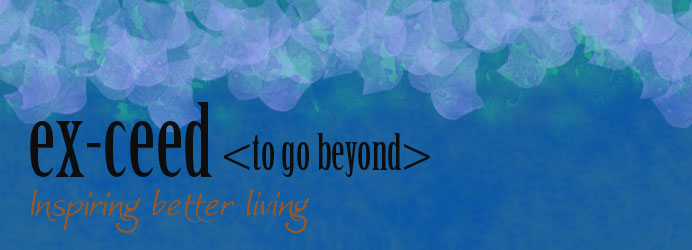Most people who follow what I write are well aware of the season of our lives that begin 7 years ago today, when we got the results of an ultrasound scan, and the doctor gave us the devastating news that we were in for a long journey that would not end well.
Here’s an excerpt from a reflection the day after:
Those doctor’s eyes and the sternness in his resolve and even the humidity in his eyes; the instant of silence spoke like a megaphone of what we were about to hear.
That pressurised burning sensation in the chest, the excruciating mindfulness of the moment, time sort of standing still while the emotions scramble to keep up; the doctor walks into his office and sits down, deliberating, pensive, very considered.
Certain words leave their mark. “Internal structures,” “compression of the lungs,” “herniated diaphragm,” and “enlarged kidneys,” all resound like a resonating gong in the hyperconscious seconds.
That moment was both big and surreal—deep reaching yet large enough as a moment in time that it feels like a myth.
~
Back to the present.
It was last week, when Sarah preached about pain, where she talked about the 8 amnioreduction procedures she had to undergo between August 12 and October 26, 2014, that I realised the gravity of what her pregnancy with Nathanael truly cost her. I knew, but I didn’t quite know the full extent.
As Sarah spoke, she talked about the pain of her womb swelling so much she was at risk of bursting—both during the procedures where a large needle was inserted in her abdomen to extract 2-litres of amniotic fluid from her uterus each time—and at any other time when her womb might rupture without warning.
Each amnioreduction took place during the late morning or early afternoon, and the procedure would take 1-2 hours, that needle stuck in her belly under ultrasound so the needled would draw from a part of her womb clear of Nathanael. On one occasion, blood (his blood) was drawn. Each procedure was tricky. The science for this procedure was actually pioneered at King Edward Memorial Hospital by Professor Jan Dickinson, our doctor. After each procedure, Sarah was offered overnight care at the hospital. Sometimes we did that because she felt ill, but mostly she rested at home.
The risk to Sarah’s immediate medical health with a rupture of her womb within her body was obvious, yet we took this in our stride, a bit cluelessly I should add. We seemed to have so many other extraneous issues going on at the time.
Some of these issues should have not been issues, but we definitely felt the enemy behind the spiritual attack of multiple prongs of stress all at once. Not one, but three huge issues in concert. And though we had support for one issue, the other two we felt alone in the battle—apart from, obviously, God’s help. We did feel carried in our faith by all the unknown prayers that were being prayed for us, but if only people back then knew what we were really facing. The longer time’s gone on hasn’t really eased the question, why?
The photo (above or below, depending on your view) was taken when Sarah was 30 weeks pregnant. She’d looked that big (full term) since about the 25-week mark. Nathanael’s diagnosis with Pallister-Killian Syndrome and the diaphragmatic hernia meant he was producing a huge amount of amniotic fluid and Sarah’s body couldn’t excrete it fast enough, hence the constant build-up of a litre per week of extra fluid.
In the years since, there have been other losses associated with this style of problematic pregnancy, and it would be fair to say that both Sarah and I have been affected and impacted—Sarah directly, myself more indirectly—and we will continue to be affected and impacted in the longer term, because of the nature of what Sarah’s body went through.
These affects and impacts are physical, relational, intellectual, emotional, and even sexual. These are things that we’ve adjusted to, but they’re affects and impacts just the same. I know many women and couples will relate to what I’m saying.
These are issues so many of us are called to adjust to throughout our lives. They’re very real losses that need to be grieved and that we may continue to grieve. To grieve is okay.
Only as we grieve together do we appreciate the true value of community. It deepens our path through life. This is how we mature, by bearing burdens together.
As I step back 7 years ago today, to our first realisation that, like sliding doors, we were entering uncharted territory, I’m grateful for the emotional and spiritual healing we’ve experienced since.
You the reader may get sick of me rehashing this, year after year, but it’s something for me that will never go away. I’d do anything to keep Nathanael’s memory alive, especially considering the attention I can still give my four living children.
~
7 years ago today, we faced down for the first time the threat of the death of our baby who would die, just four months later. Still, at least at that time we had him. At that time, he was still alive, even if we had to trek a journey of medical procedures to endure.
Image: Ray Brown (Sarah’s father).


No comments:
Post a Comment